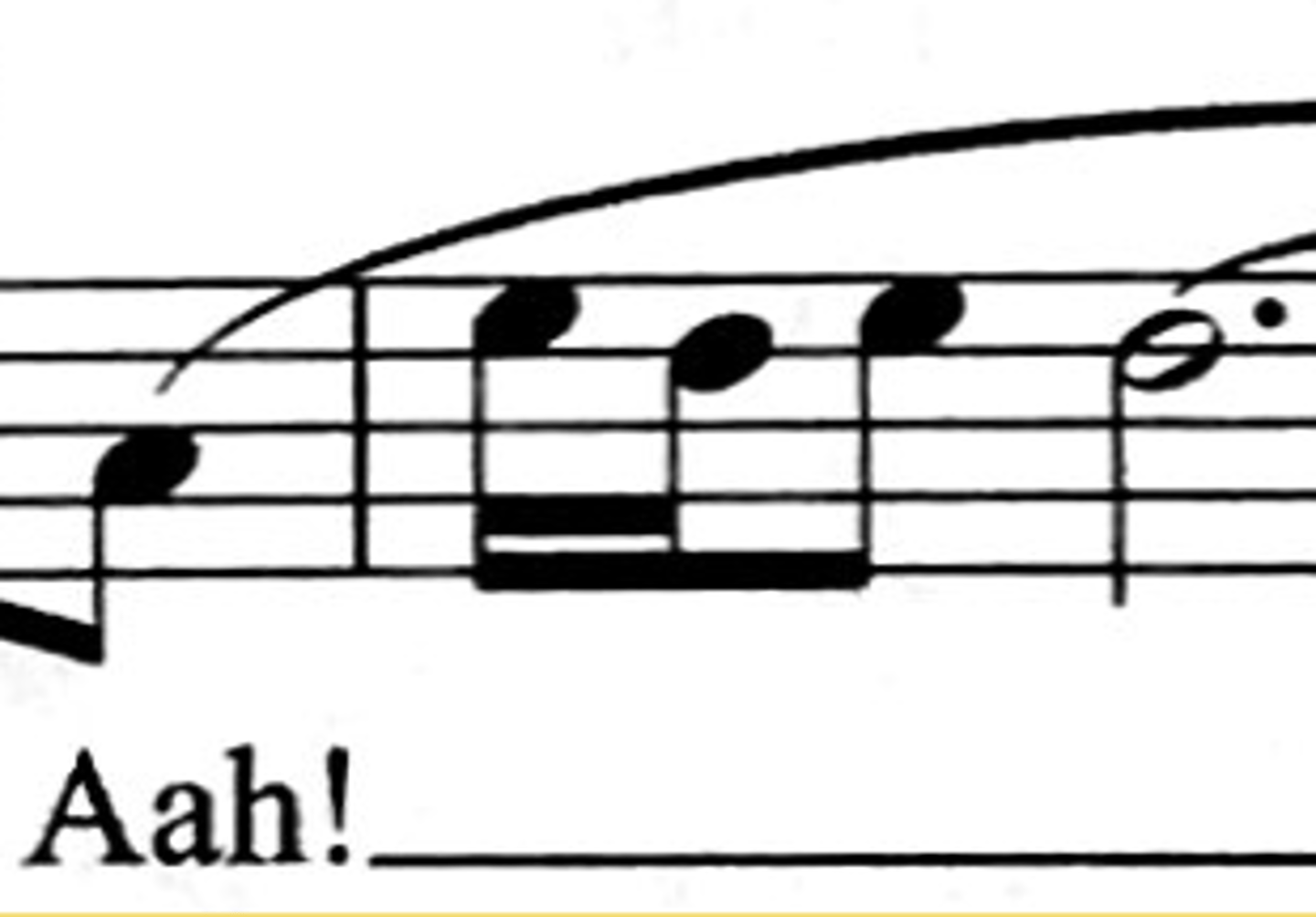5. Defying Gravity by Schwartz
1/44
Earn XP
Description and Tags
Name | Mastery | Learn | Test | Matching | Spaced |
|---|
No study sessions yet.
45 Terms
Context
Based on film Wizard of Oz (1939)
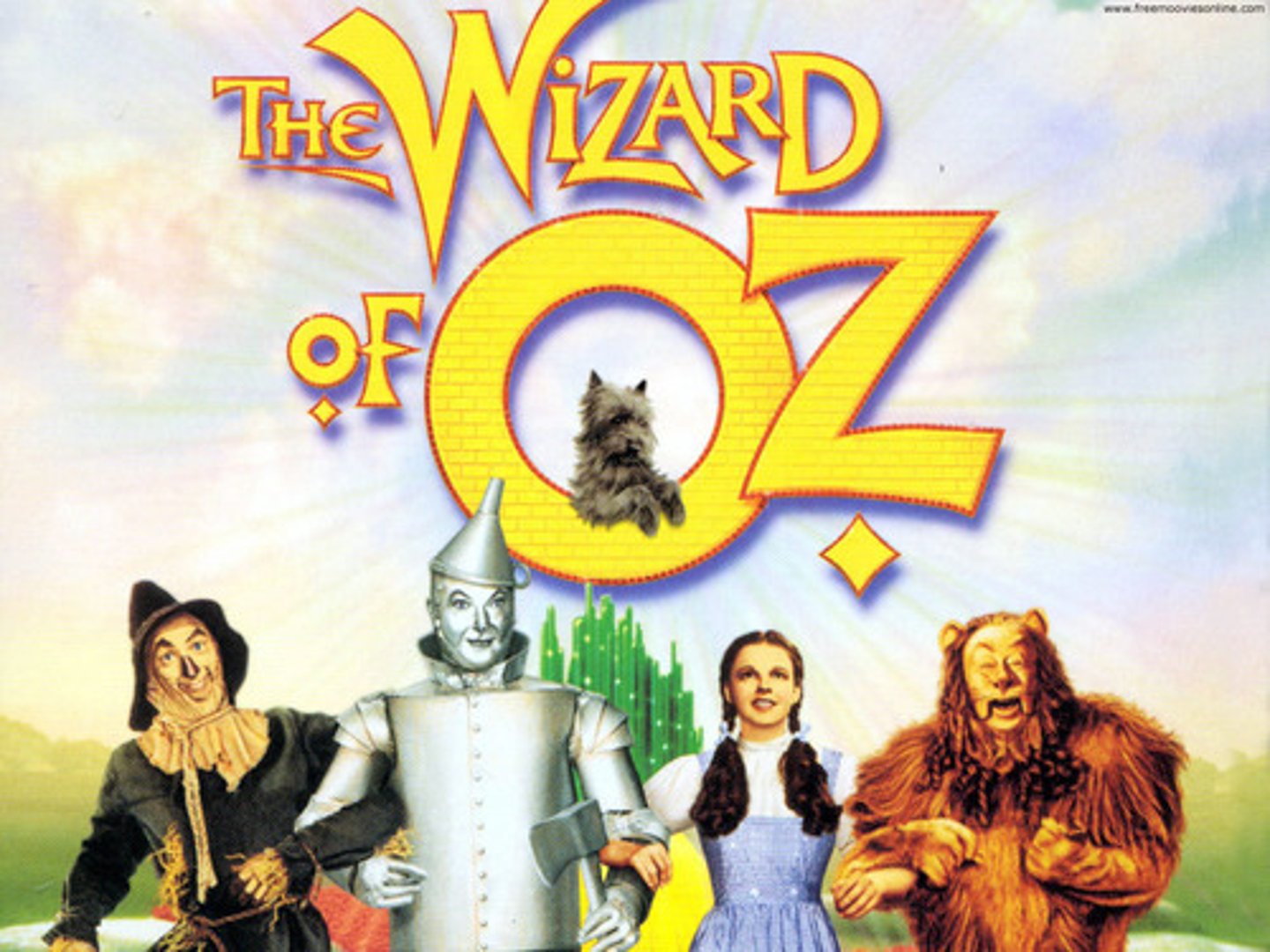
Genre
Duet
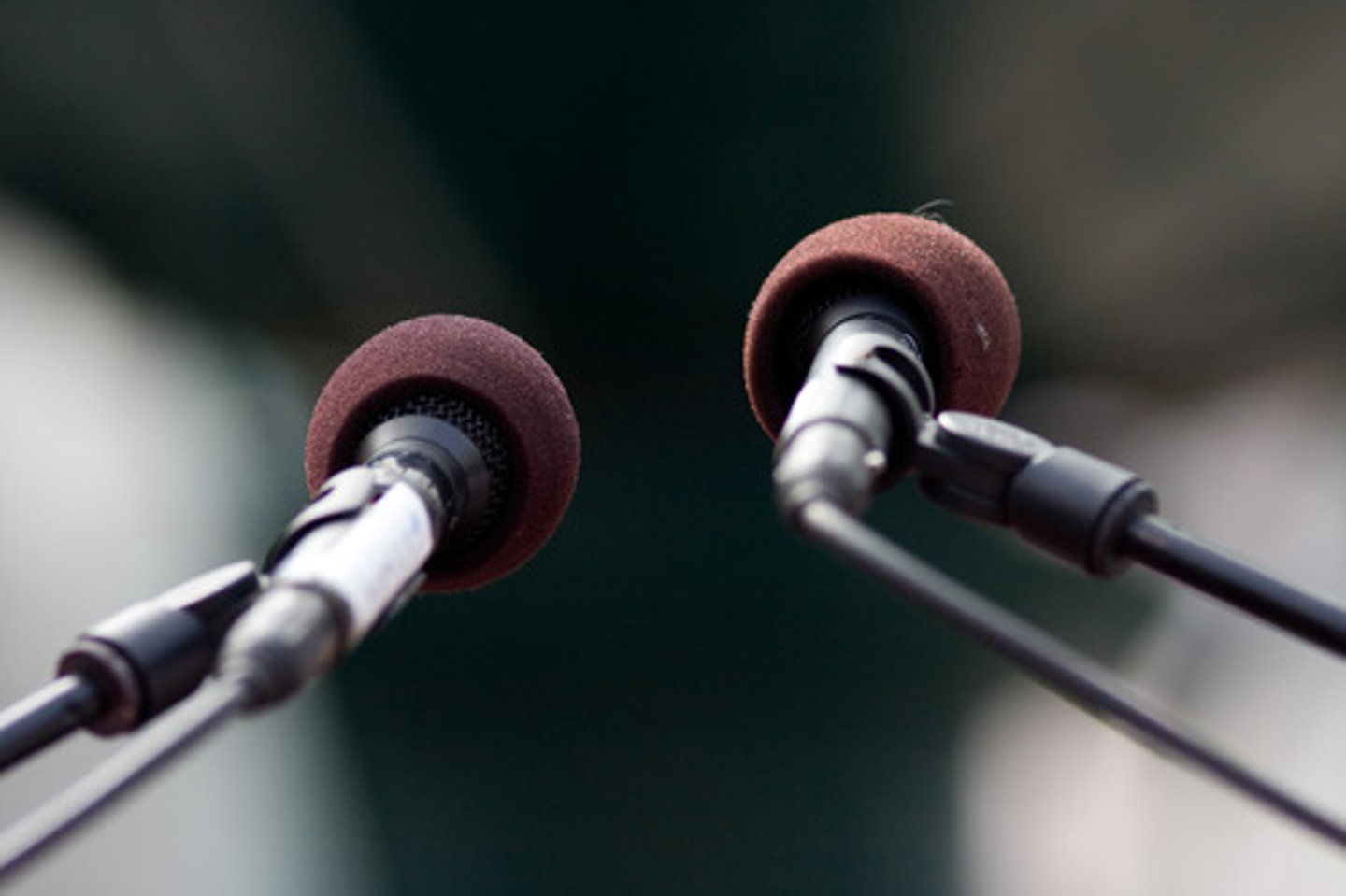
Structure
Extended verse-chorus form, with intro, bridge and coda
Texture
Mostly homophonic (melody and accompaniment)
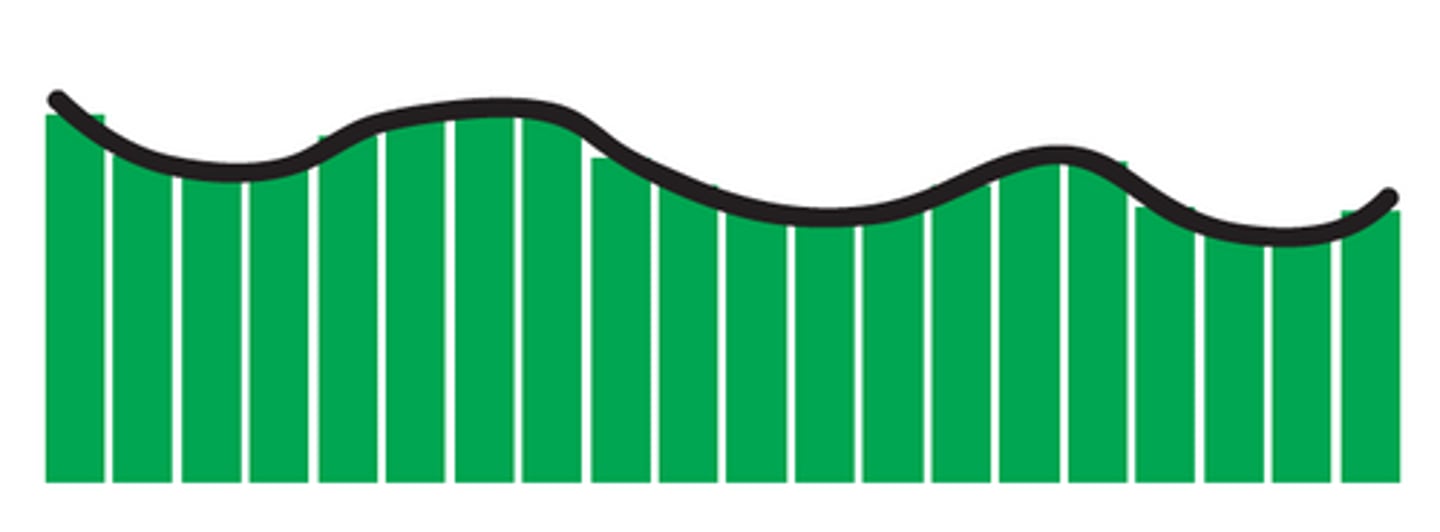
Harmony
Mostly major and minor chords with one or two augmented and half-diminished
Tonality
Lots of sudden shifts, can be quite unsettled, but verses and choruses are in D major, Bridge in G, ends in D too.
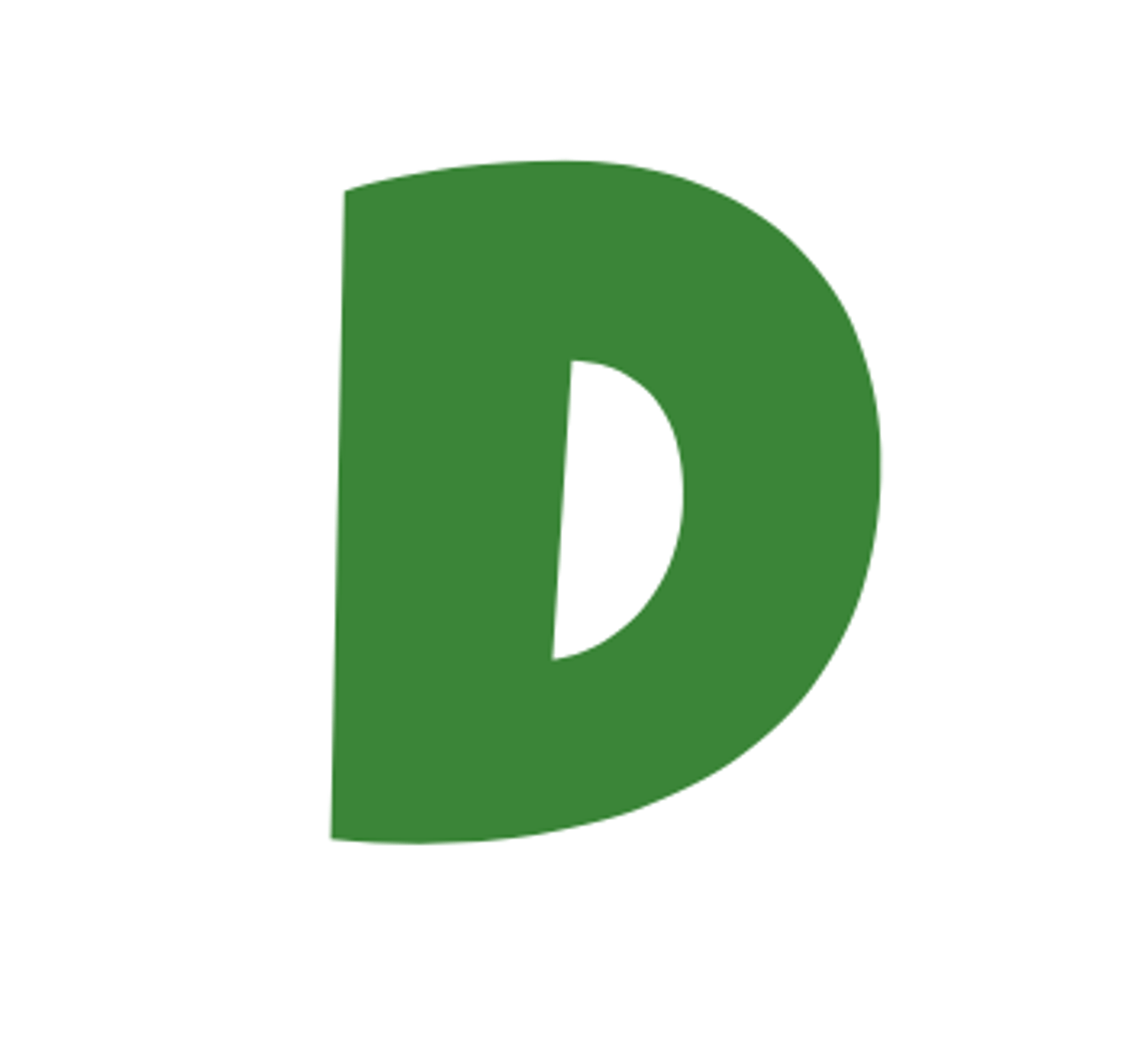
Rhythm
- Alternates slow chordal accompaniments & driving quaver rhythms
- lots of syncopation
- push rhythms in the vocal melody & accompaniment (e.g. motif B)
- rubato
- heavy percussion
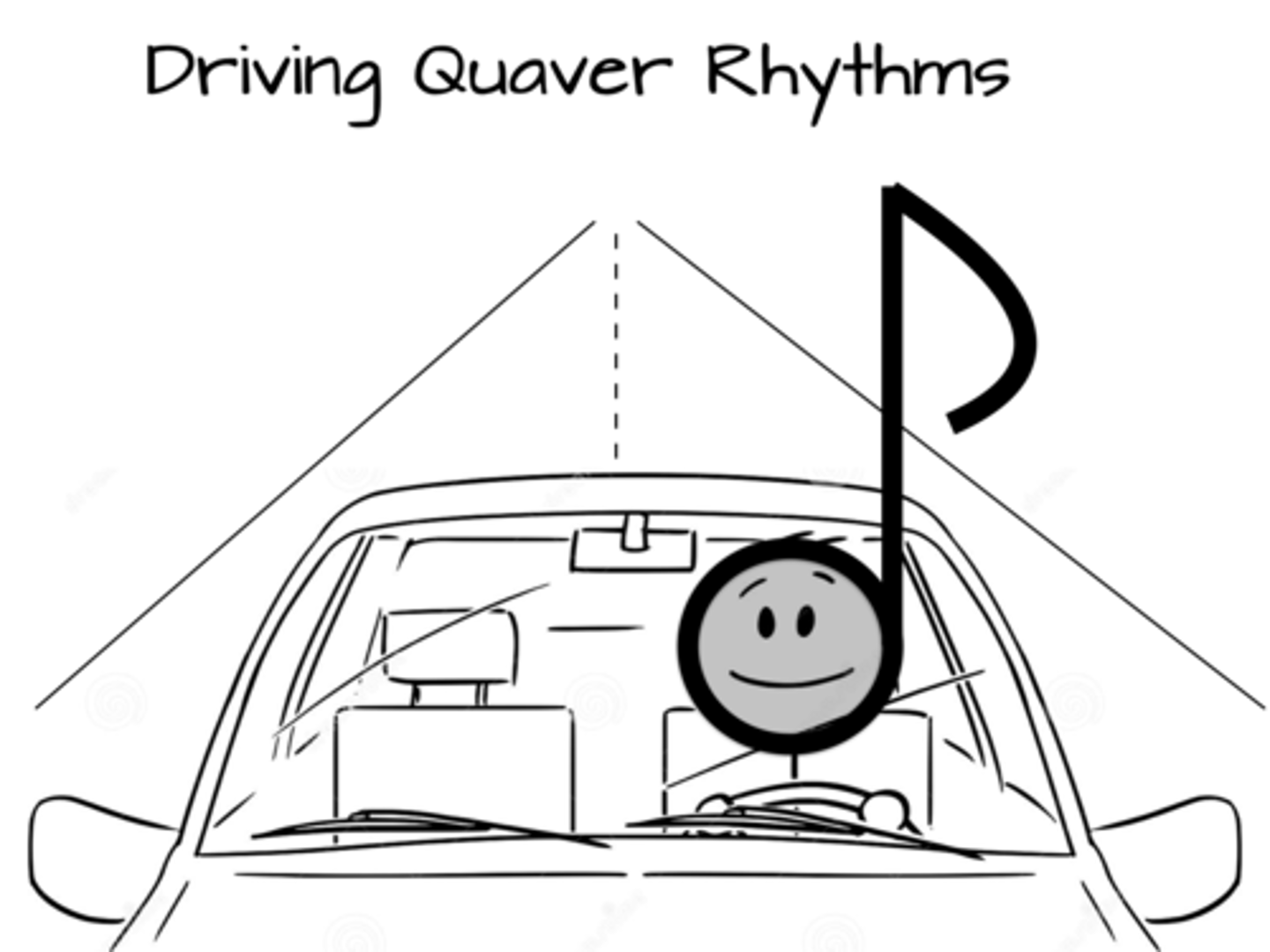
Metre
- Starts in 3/2 (then 2/2)
- Settles in 4/4 for most apart from 1 bar of 3/4 (b101).

Instrumentation
- Mix of classical (strings, brass, woodwind, harp) & popular instruments (E.Guitar, Drums, Synths)
Unusual techniques
Arranger Brohn added:
1. E-bow on guitar
2. Timpani pedal glissandi.
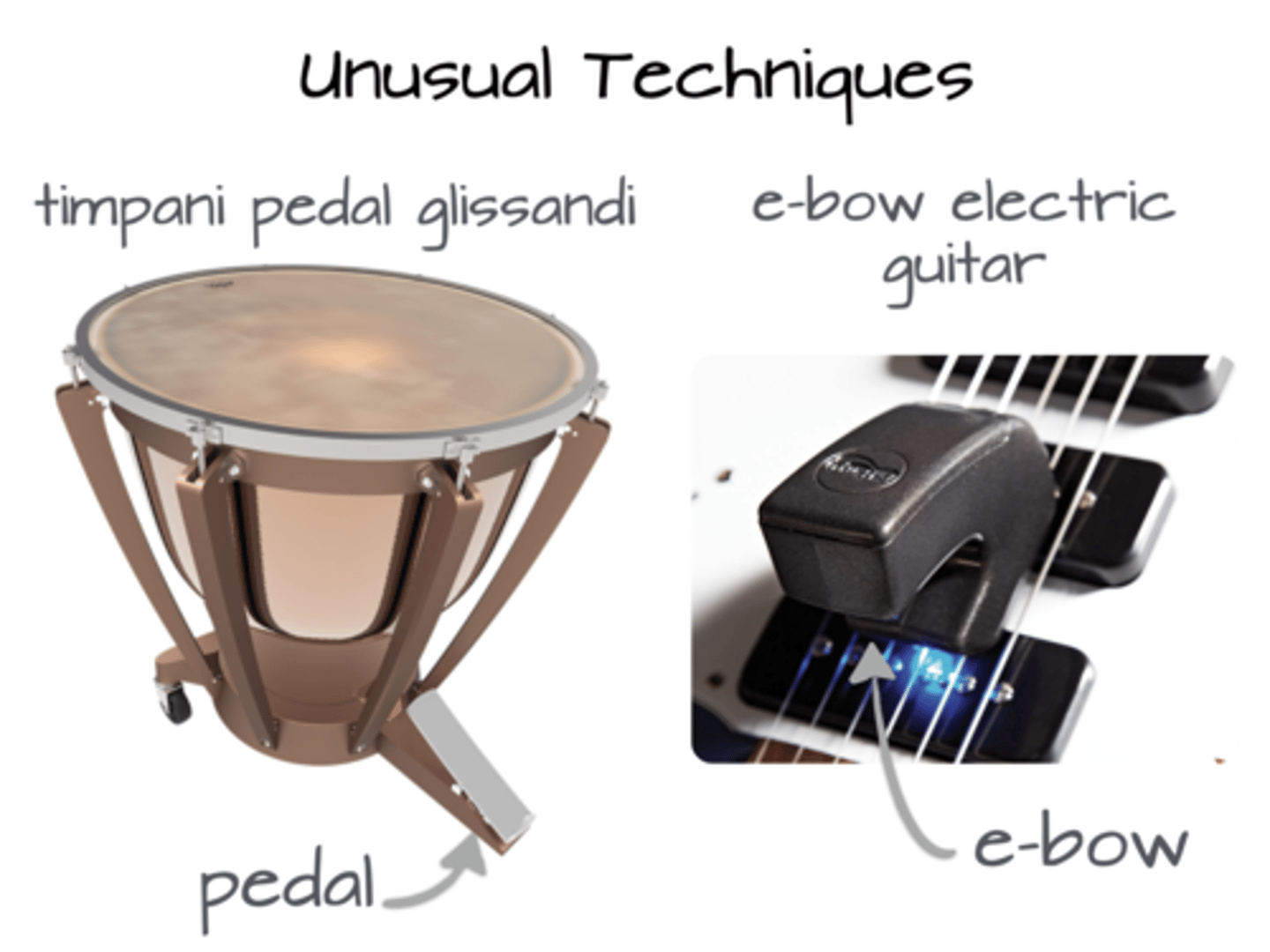
e-bow
hand-held device used to create the effect of bowing on an electric guitar.
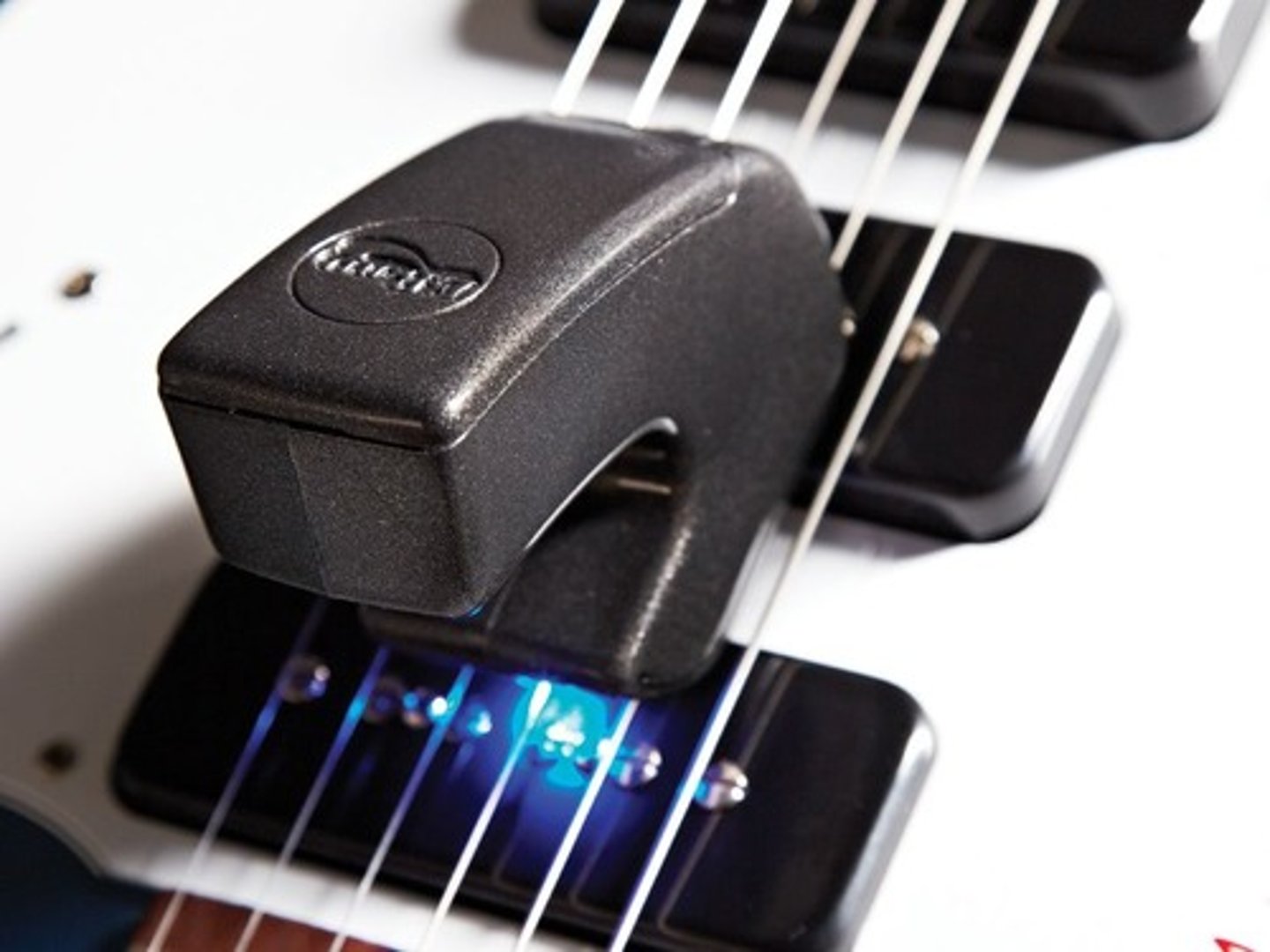
Structure (in full)
Intro - V1 - Ch1 - V2 - Ch2 - Br - Ch3 - Intro reprise - V3 - Ch4 - Coda
Motif X (unlimited)

Motif B (Elphaba's theme)

Motif C (variation of X, often used in the accompaniment)

Motif D (variation of C, outlines Asus4 then A chords)

Colla voce
Follow the vocalist's tempo
Cross note-heads on vocal stave
Spoken at approximate pitch
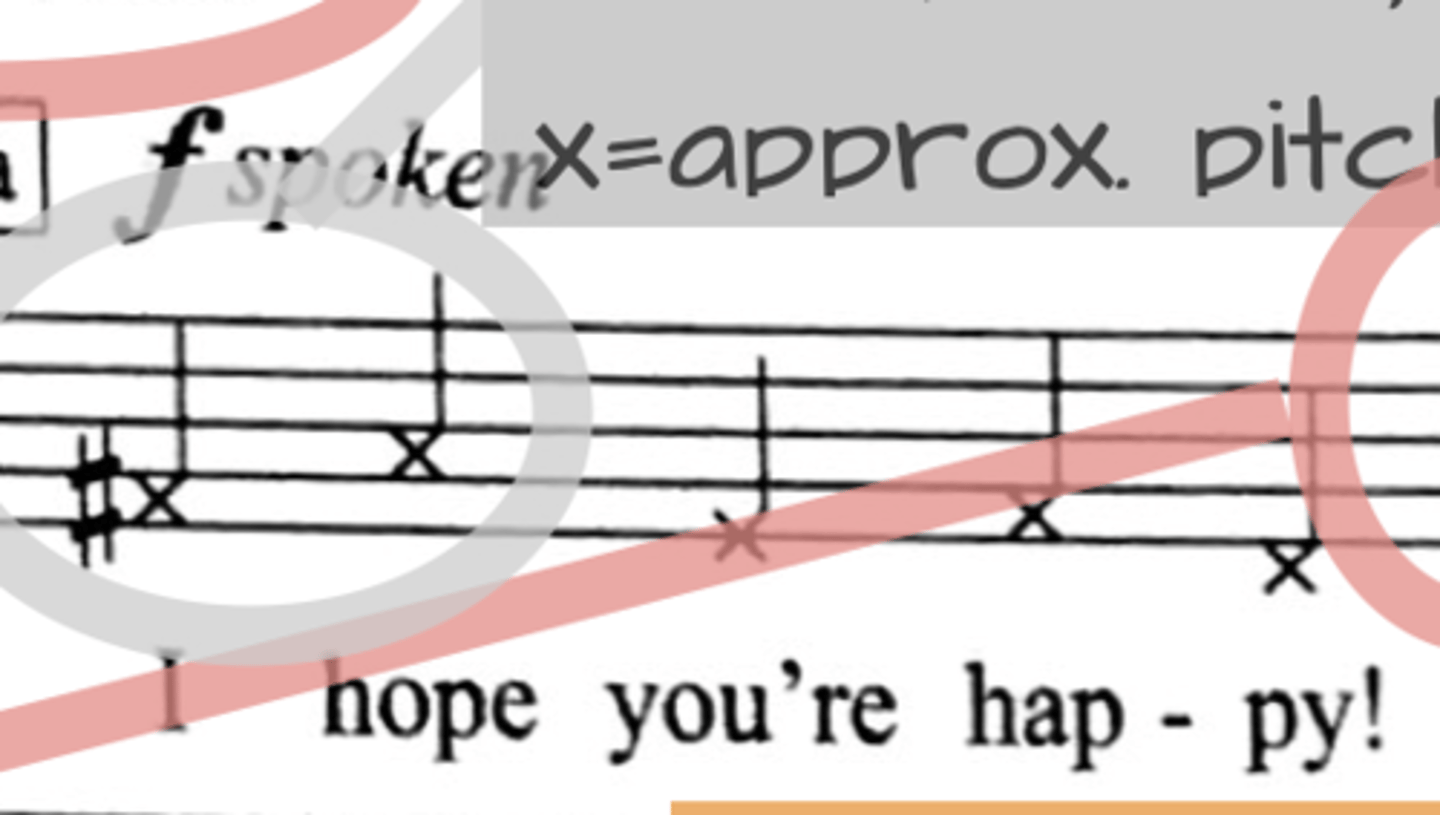
Melodic sequence
Repetition of a melody at a different pitch
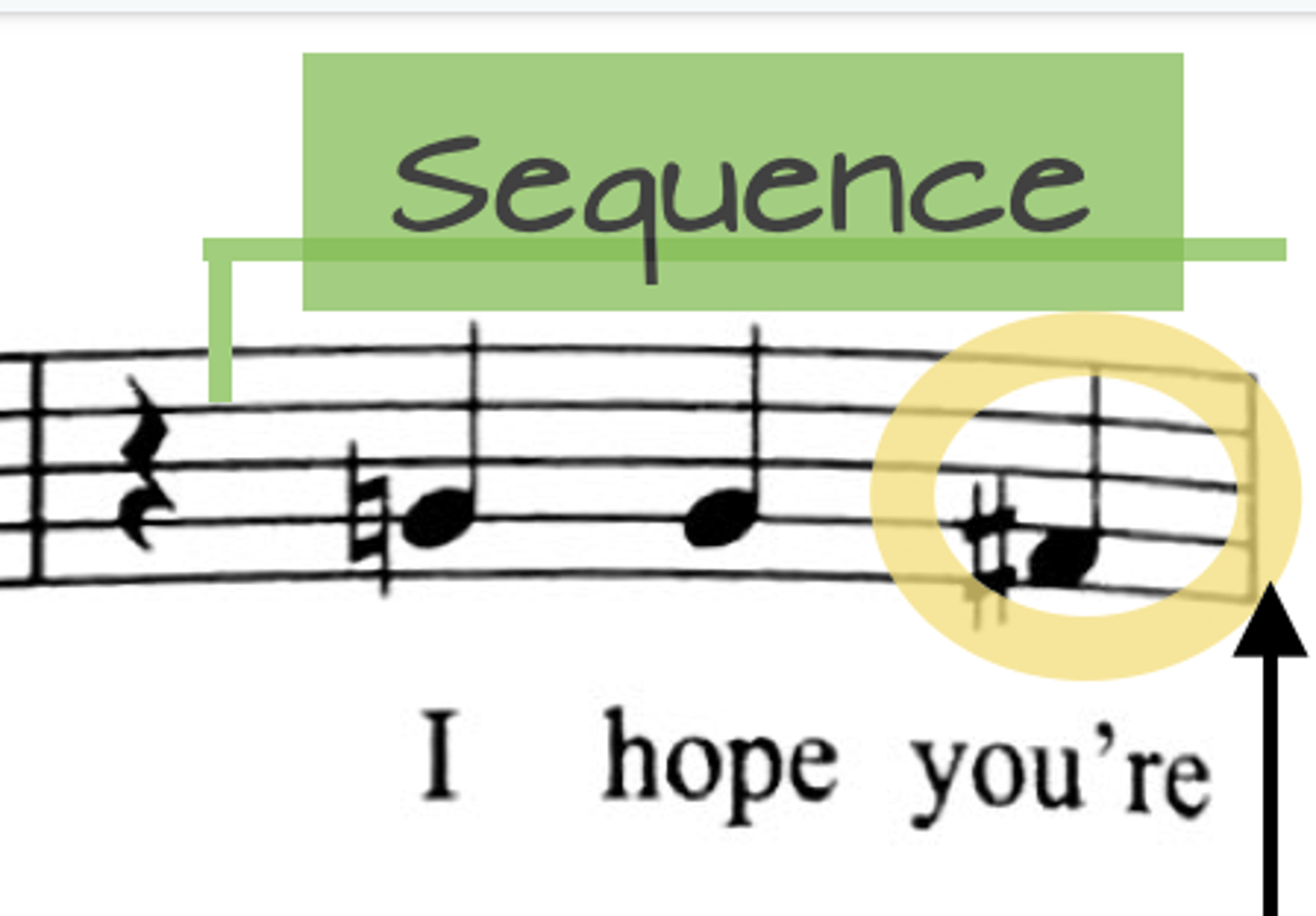
Syllabic
when one note is sung per syllable
Monophonic
Single line texture (e.g. bar 9)
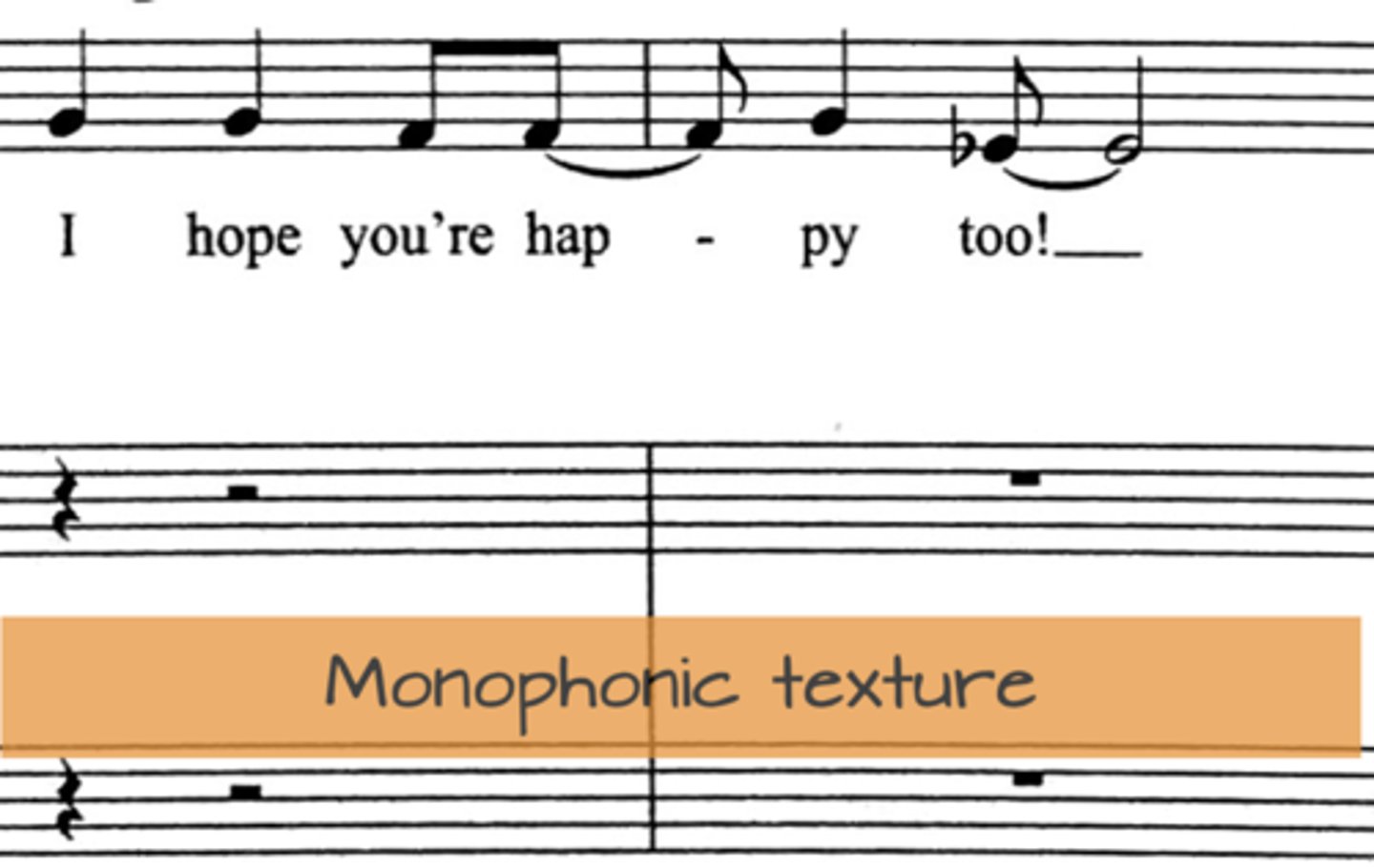
Andante
Walking pace
Tremolando strings
rapidly playing the same note to produce a tense, wavering sound (used in verse 1)

Bare 5th chords
Chords with no 3rd, convey "open spaces" (used in chorus 4)
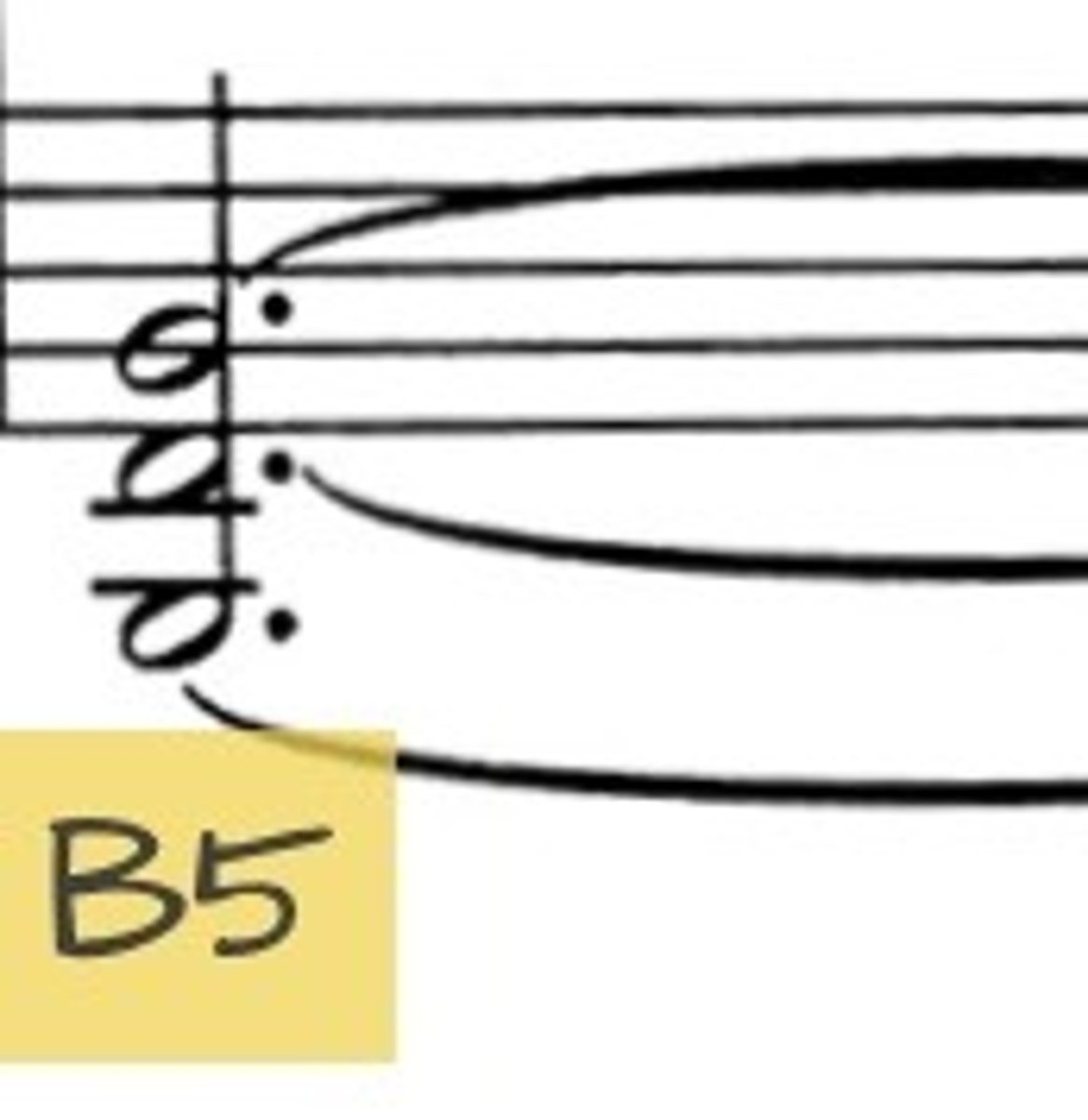
Push rhythm
Chords hit quaver early
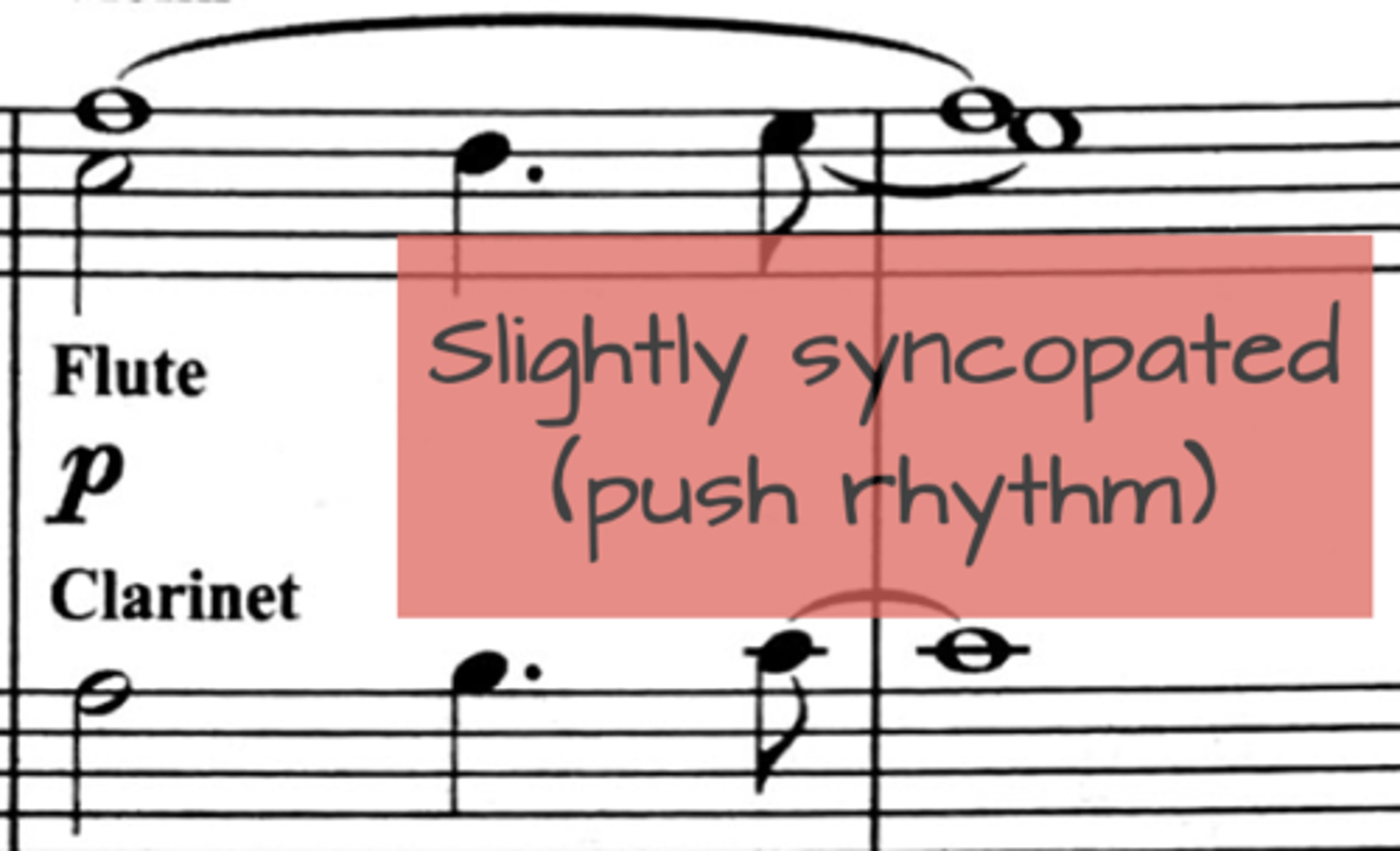
Interrupted cadence
- cadence using chords V to VI (sounds unfinished and has a "surprise" effect)
- used for "bring me down" in Coda)
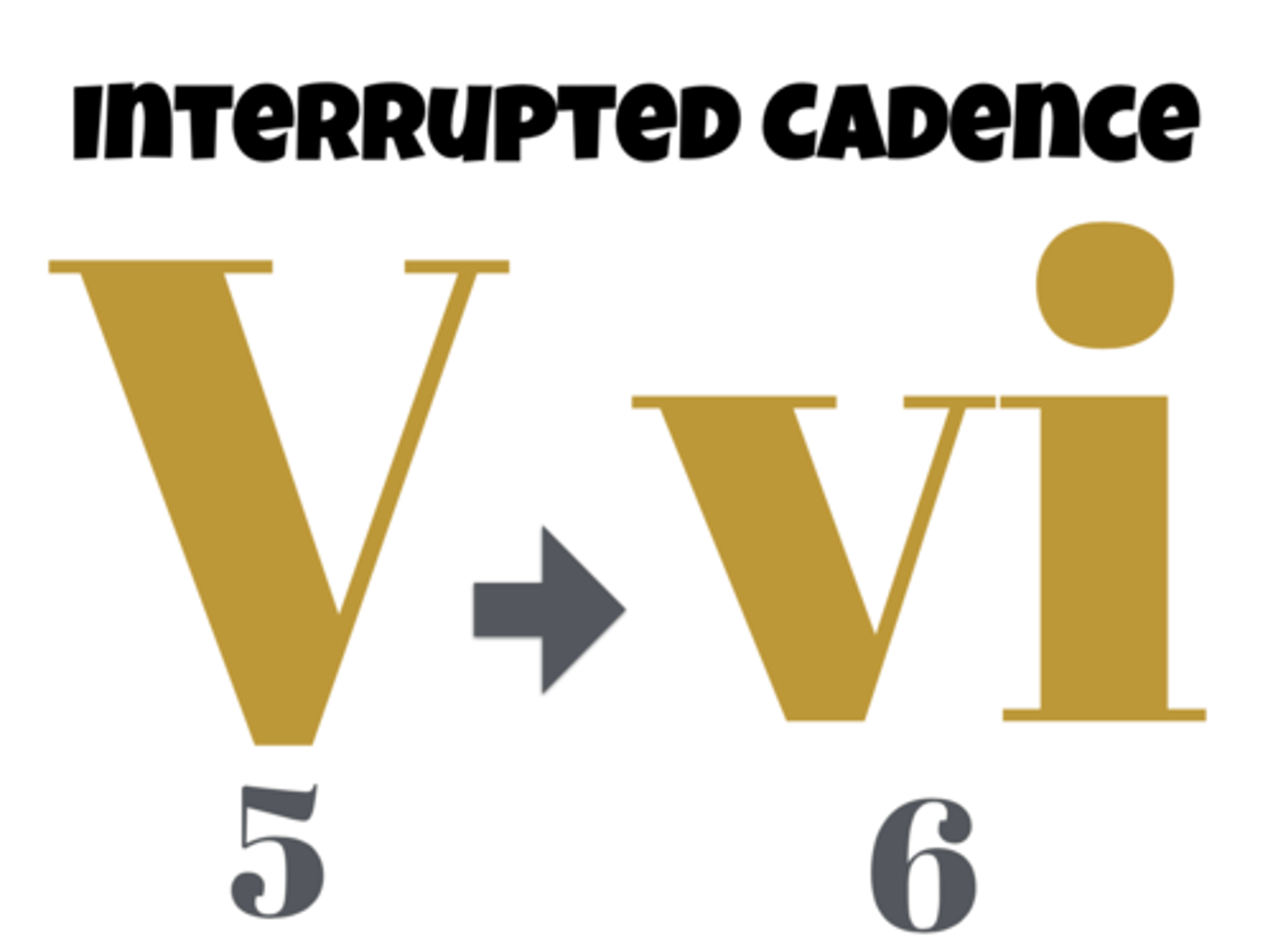
Word painting
making the music directly reflect the meaning of the words
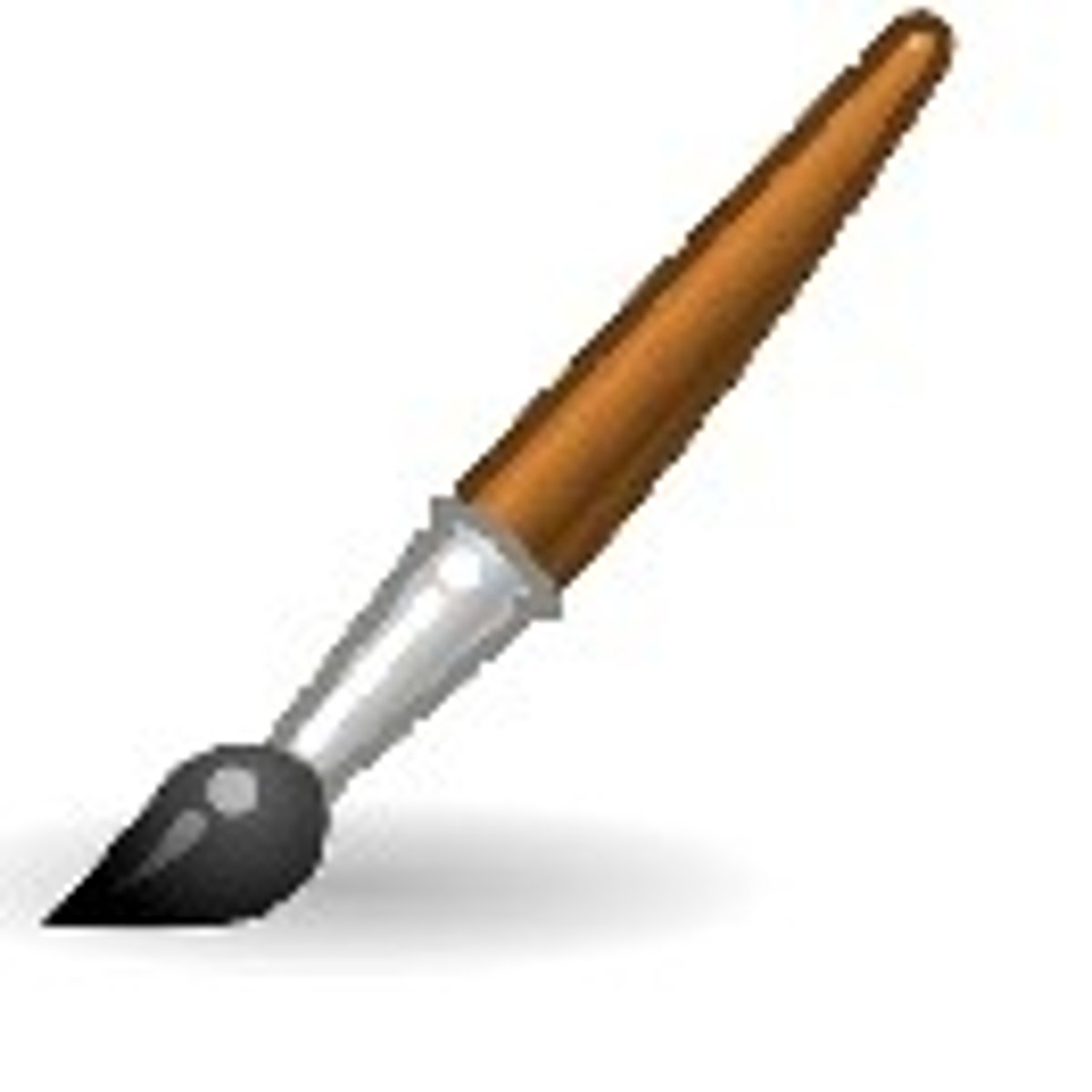
Overdrive
A guitar effect that produces a deliberately distorted tone.
3-note ostinato
C# D A (based on motif X)
Cross-rhythms
Triplet crotchets against normal crotchets (ie 3 against 3) e.g. bar 60 Glinda
Hexatonic
Melody uses 6 notes (b71-79)
Title hook
Defying gravity lyric is repeated in the choruses
Bitonal
Suggests 2 different keys at once (e.g. Bridge)
Auxiliary note
Used to decorate the melody (e.g. in b97)
Unison
Voices sing in unison doubling the same melody line (b123-126 reprise of intro)
Vamp section
Bars 129-135 could be repeated if needed, to allow Elphaba time to clip in for the Coup de theatre
Coup de theatre
Sudden dramatic stage effect - the castle guards break in only to see Elphaba soar above them (Vamp section b129-135)
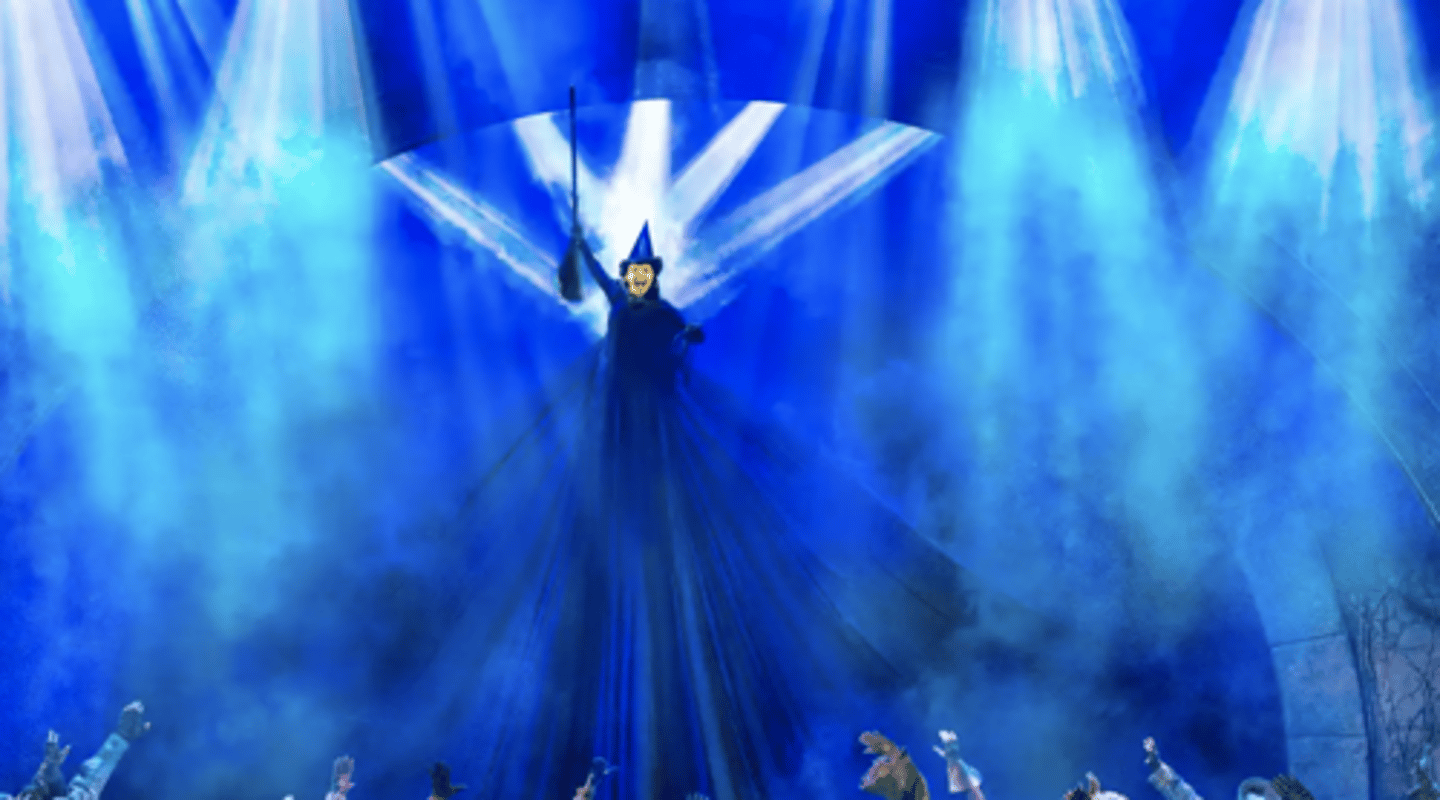
Belt range
Top of chest voice
Plagal cadence
Cadence using chords IV to I - sounds finished but has a less strong drive to chord I compared to a Perfect (The repeated tonic note can be sung "A-men", and this cadence is often described as "churchy").
Inner pedal
Repeated note in the middle of the texture e.g. violins b164
Augmented (rhythm)
Idea heard with longer (stretched out) note values e.g. "Bring me down" in coda
Pedal
Held (or repeated note) in the bass - e.g. B in coda
Inverted pedal
Pedal note at the top of the texture (e.g. tonic pedal on "Down" in Coda)
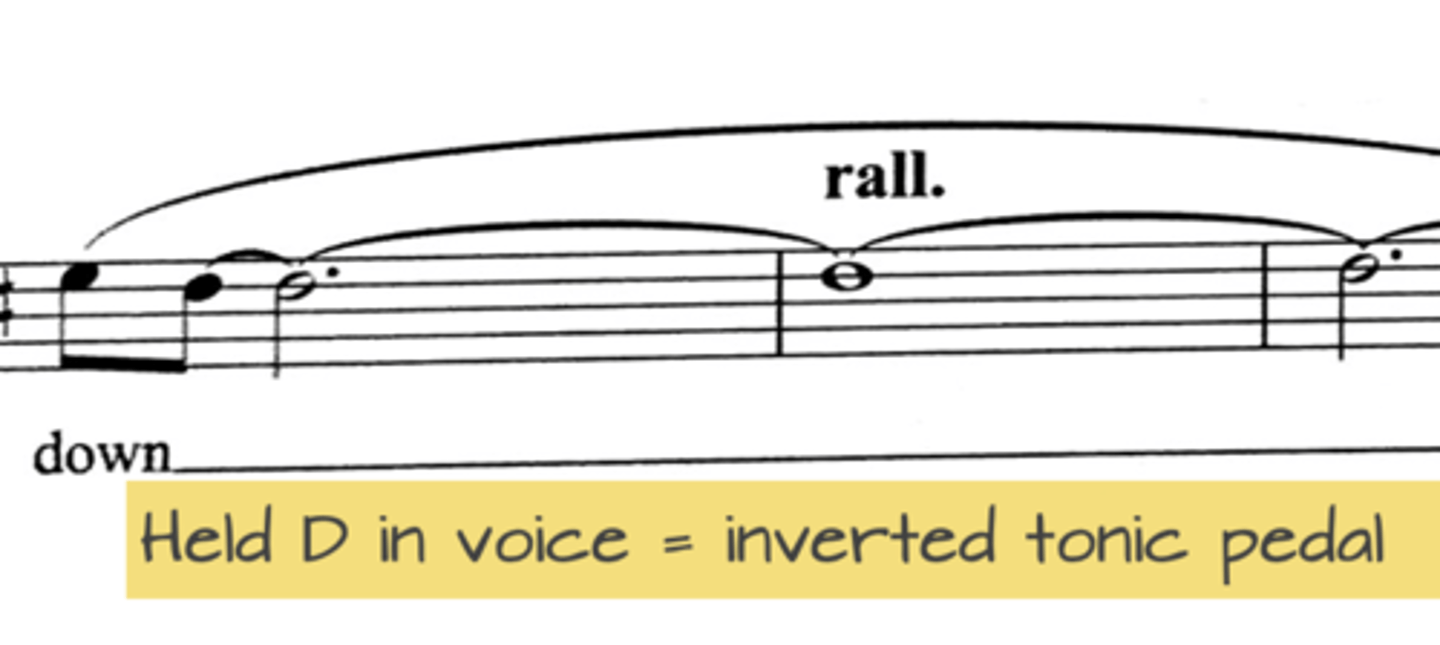
Octatonic scale
tone, semitone, tone, semitone etc
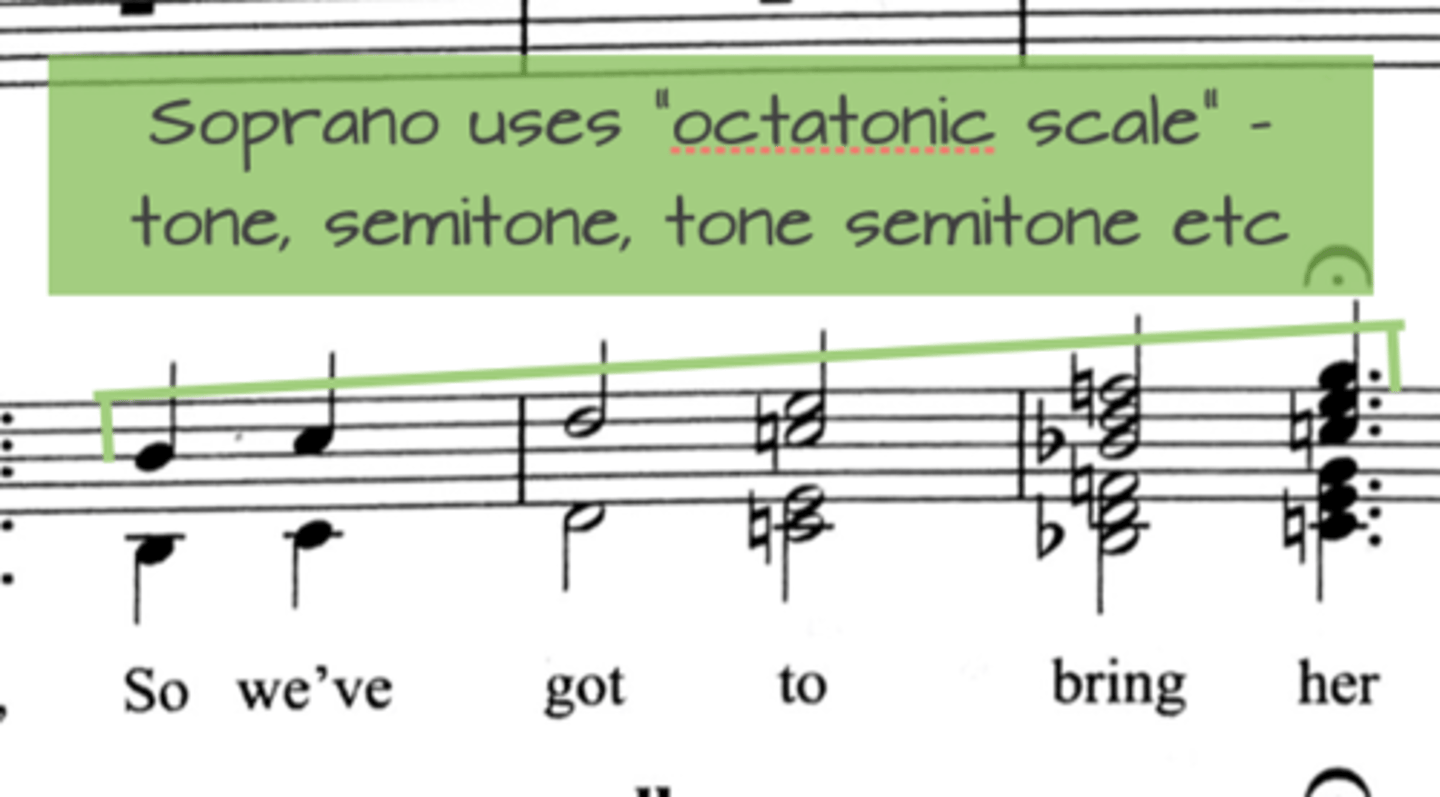
Vocalisation
Wordless singing on a vowel
